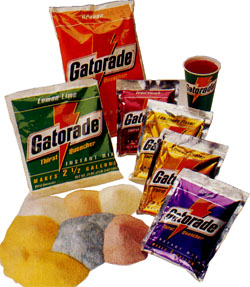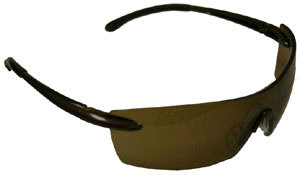We want to introduce you to the “Teens in the Driver Seat” program, implemented in Texas following the graduated drivers license (GDL) law passed in 2002. In a recent study the number of fatal crashes per 10,000 teen drivers fell by 33%, compared with federal data from 36 other states that have the GDL law over a period of 5 years.
The fact that the reduction in fatal crashes in Texas is unique is that the state has two obstacles to overcome when it comes to the law and teenage drivers: (1) they are not required to pass an on-road driving test, and (2) parent-taught drivers education is allowed. Other methods of driver education are preferable than young drivers being taught only by their parents.
“Teens in the Drivers Seat” is a public-awareness program based at Texas A&M University.
So far, this campaign has been in 300 schools and reached more than 250,000 students statewide. Everyone knows that teenagers listen to their peers far more than adults. In TDS, students develop the messages and are the messengers. An example: in one school, an obstacle course was set up in the hallway, and students sent text messages while rolling through the course in a chair, demonstrating how texting while driving causes distractions. Many teen drivers admit that they talk on their cell phones while driving and one in four confess that they text while driving.
Students who have participated in TDS state that things they have learned are:
- Not to have too many people in the car while they are driving.
- Speed kills.
- Distractions can be very dangerous.
- Buckle up that seat belt!
If your state doesn’t have a similar program, check out Teens in the Drivers Seat on the Internet. It has some very informative stories and ideas. State Farm Insurance is a partial sponsor of the program.
Teaching our new drivers that driving is a full-time job and to pay attention 100% of the time they are behind the wheel, may be a life-saving lesson.
Source:
Ft Worth Star Telegram
TDS

![[gickr.com]_1e6b2394-3a63-7b34-8127-46a4264028dd Various Safety Posters](http://www.blog4safety.com/wp-content/uploads/2009/07/gickr.com_1e6b2394-3a63-7b34-8127-46a4264028dd.gif)
![[gickr.com]_2b270b77-6afd-1604-e976-f132e393214e Different styles of gloves available](http://www.blog4safety.com/wp-content/uploads/2009/07/gickr.com_2b270b77-6afd-1604-e976-f132e393214e.gif)
